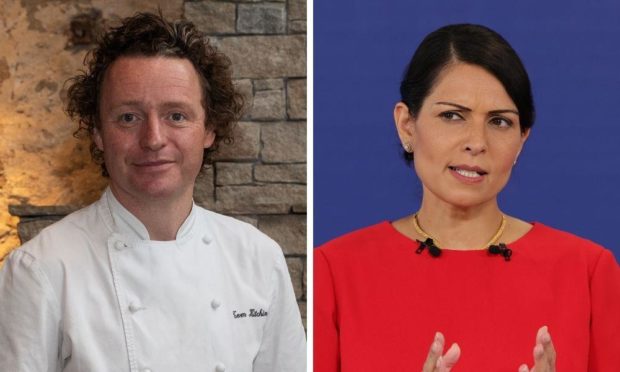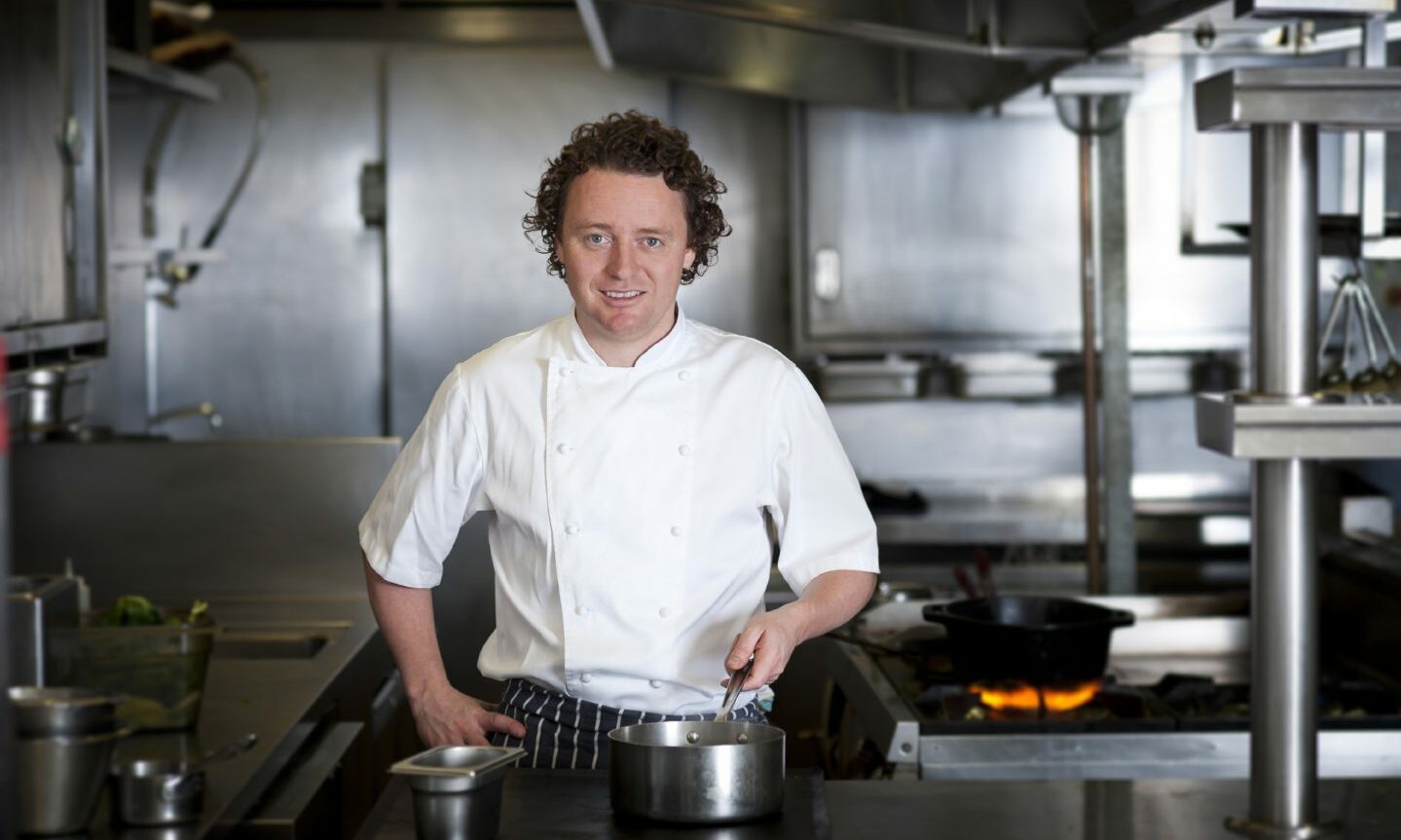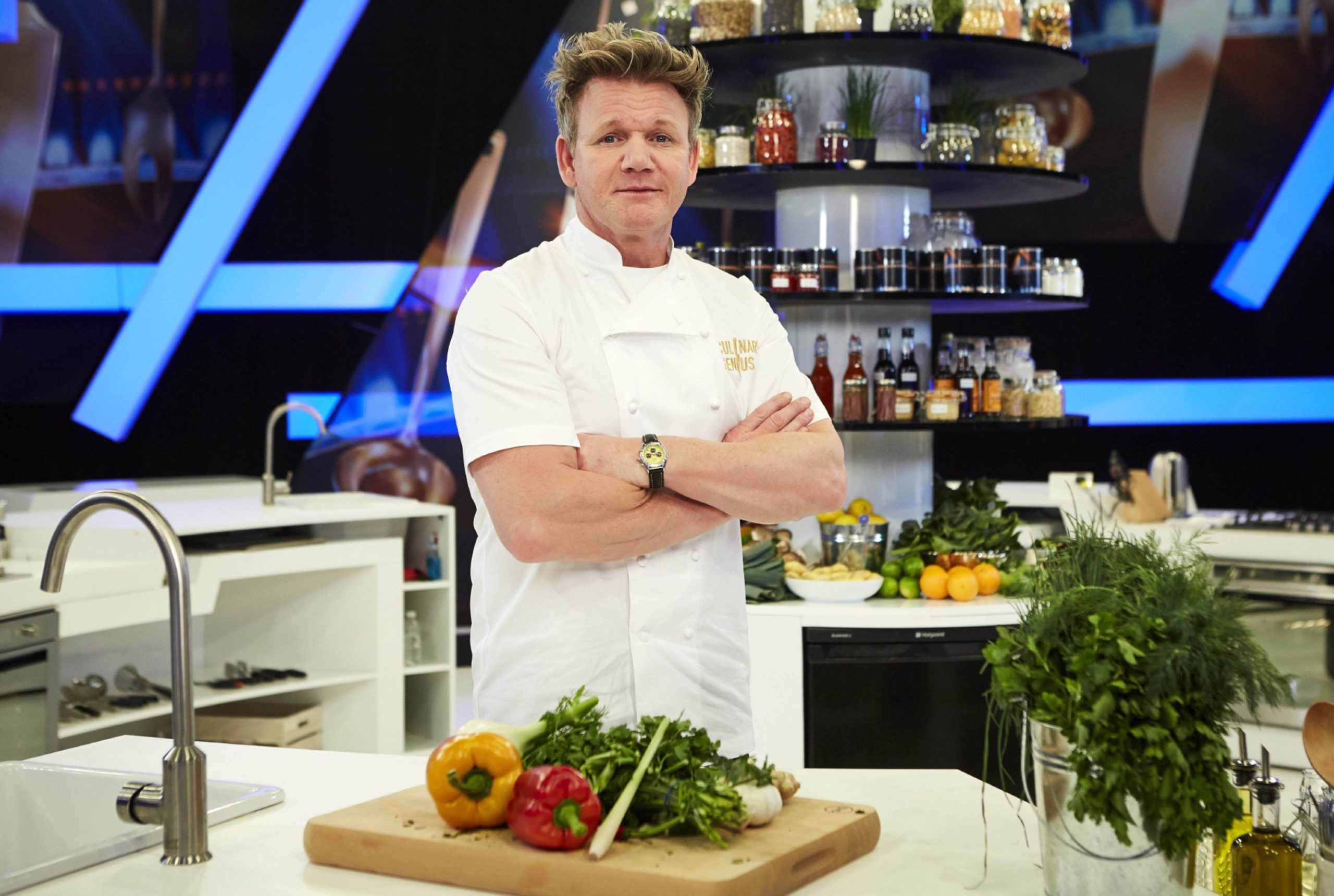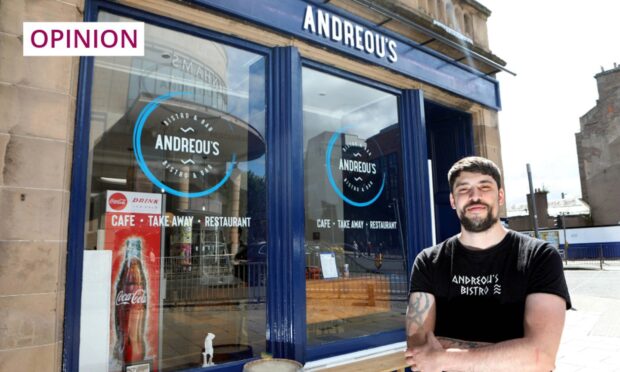When Andy Warhol advised a critic-scarred Duran Duran not to read their press cuttings but to weigh them he unwittingly set a new PR template for our times – more is more.
But even super-cool Warhol might have balked at the seemingly unstoppable flow of stories currently leaching out about malpractice in restaurant kitchens, stories which have now escalated from a trickle to a deluge.
This issue isn’t going away anytime soon.
The chef most under attack is still Edinburgh’s Tom Kitchin, but there are others, most of them well-known enough to have appeared on TV many times.
All remain silent, except for Kitchin who eventually issued a statement that seemed defiantly inappropriate – a distinctly Patel-like “sorry, not sorry”.
‘An insular industry where nepotism is rife’
Claims about Kitchin first appeared on the catering industry Instagram site hospitalitybulls*** and were amplified in a recent Times report confirming that 13 former kitchen staff have now accused him and his company of abuse over a period of 11 years.
The accusations make for shocking reading given that they allege both mental and physical abuse, whilst also making serious allegations about where the money from staff tips goes.
Until an investigation concludes, these specific claims remain unsubstantiated, with many people scarred and thus scared to reveal their identity, fearful of repercussions within an insular industry where nepotism is rife.
But if I was an idealistic young kid dreaming of working in a professional kitchen, I’d definitely think again after reading these horrific tales.
Catering is an industry that remains hugely unregulated, relying as it often does on pools of temporary labour working long hours under intense pressure. It’s also innately hierarchical.
Some top chefs are seen as stars, living lives to rival popstars and footballers.
It’s not just about the food they cook – if, in fact, they’re there to cook at all – it’s more about their presence and that final lap of glory round the dining room, basking in the praise from their public, peers and hopefully the Michelin Guide inspectors.
This isn’t new but it’s definitely more widespread as our immersion in celebrity culture deepens.
Although celebrity chefs have existed for decades (Fanny Cradock could have taught a masterclass in cruelty, a fact which ultimately destroyed her career), it’s generally accepted that former enfant terrible Marco Pierre White was the first of recent times.
White was a new breed of chef – supremely talented and supremely sure of it, like Jimmy Page coming at you with a Thermomix instead of a theremin.
Titles of White’s TV shows rammed home the ethos of competitiveness, power and macho bravado: Boiling Point; Hell’s Kitchen; The Chopping Block; Kitchen Burnout.
Gordon Ramsay would follow – angrier, nastier, his fame dependent on antagonism and humiliation.
‘Monsters were created here’
This was a man’s world. There was no room for lilies near these livers, when booze and partying kept the crash-and-burn restaurant scene of the 1990s insanely buoyant.
Monsters were created here, and they spawned children.
White’s first book was called White Heat and it was manifestly clear from stories about customers and critics being ejected from his restaurants that if you couldn’t stand the white heat then you shouldn’t be near his kitchen.
Kitchens operating at this level can be brutal, with the environment often run in a military style.
Senior members of the team become unanswerable for their behaviour and when the wrong people get to be in charge the bullying begins.
Those at the bottom of the chain often suffer the most.
Making stars of chefs isn’t itself the problem and there are certainly enough top chefs who don’t need to re-enact scenes from Apocalypse Now during every dinner service to prove they can deliver.
James Ferguson at Kinneuchar Inn is someone who has worked at many top London restaurants and now believes kitchen culture has to change radically.
He says: “If chefs still want to run their kitchens in this dated way they will suffer when trying to employ staff.
“Modern-thinking kitchens offer better working hours and learning environments where staff can grow.
“I always try to remember that I’m only cooking someone something to eat. It should be a pleasure!
“If you’re taking it so seriously that you need to threaten and intimidate staff then you need to get over yourself!”
‘The problem is larger than Tom Kitchin’s kitchen’
In the meantime, the pressure builds to name names and substantiate claims.
Award-winning Edinburgh chef Barry Bryson is one of the few to speak out, saying: “I feel the statement from Tom Kitchin was classic scapegoating in that there was no acknowledgement that he’s the architect of the culture in his kitchens.
“This is not the behaviour I’d expect from one of the most decorated kitchens in Scotland.
“For me though the problem is larger than Tom Kitchin’s kitchen.
“It’s something you’re taught and you carry on. What’s deeply worrying is some of those chefs are grateful to have had that experience and to survive it.
“I know for a fact that excellent cooking and results can be achieved outwith that culture and if chefs are taught to think this behaviour is essential when producing good food then most people would rather not go to the restaurant.
“As long as that culture remains we have to accept that kitchens will never be open, inclusive and diverse workplaces”.
“It’s no different from school bullies – if you’re bullied at school you often become a bully yourself”.
This is just the tip of a very large iceberg.












